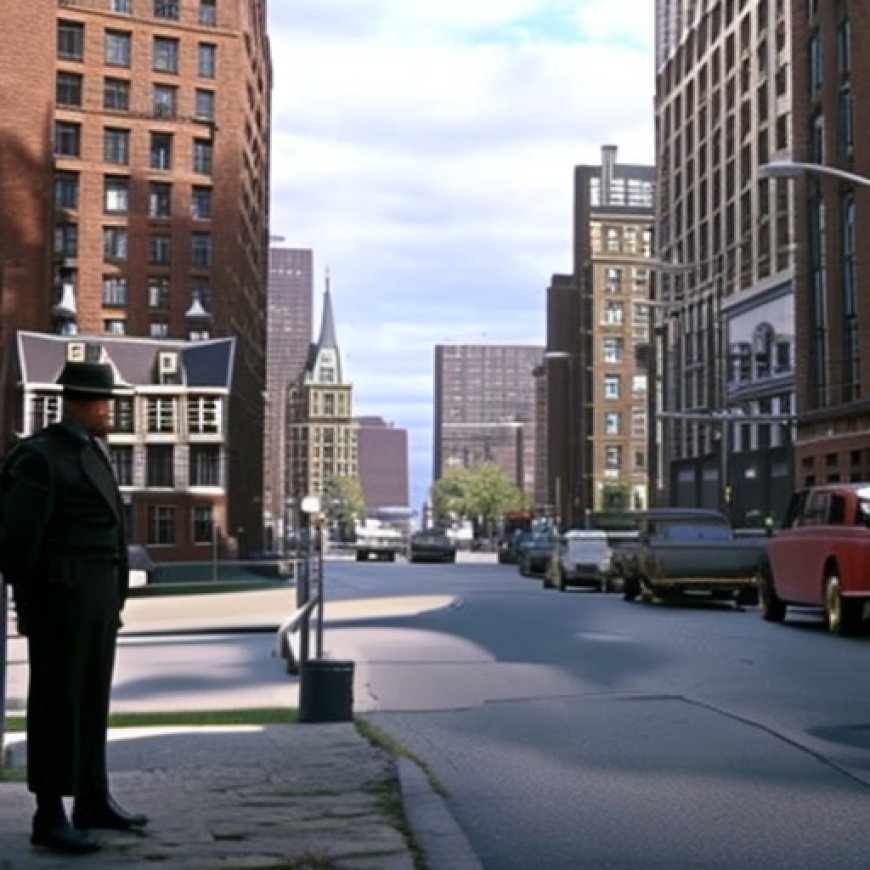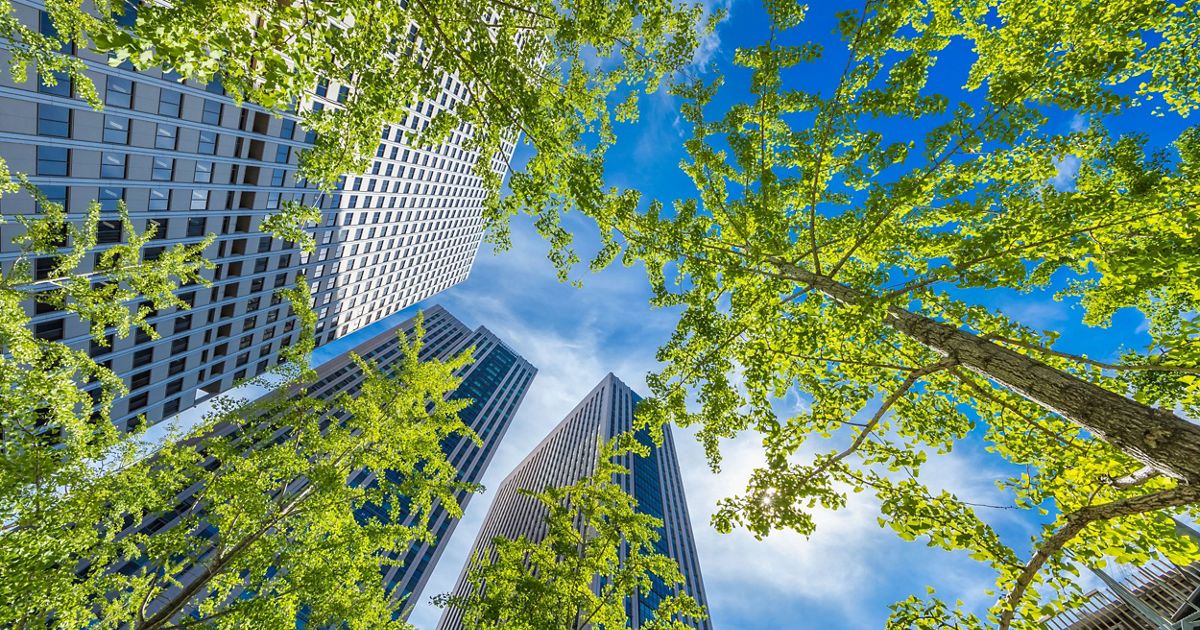Urban Conservation in New Jersey
Urban Conservation in New Jersey The Nature Conservancy


New Jersey’s Urban Conservation and Sustainable Development Goals

New Jersey has the fourth smallest area of any U.S. state at just 8,722 square miles, yet it is the most densely populated in the nation, with large suburbs of both New York City and Philadelphia. It is no wonder, then, that 93.8% of its communities are classified as urban by the U.S. Census Bureau, nearly 14% above the nationwide average. This makes the concept of urban conservation critical in our small but mighty state.
The Importance of Cities in New Jersey
Cities are an essential part of New Jersey’s vitality. Beyond being vibrant cultural and economic centers, they reduce sprawl and habitat conversion, and their residents have a lower carbon footprint—important positive contributions as we face climate challenges and species loss. But many cities also struggle with inadequate and aging infrastructure, traffic, industrial waste and short-sighted development that replaced habitat along rivers and other important green spaces with concrete. These factors worsen air and water pollution, heat and flooding, contributing to human health problems and putting a strain on plants and animals.
Addressing Environmental Challenges in Urban Areas
Many cities are home to emerging communities, where people of lower income have for too long disproportionally borne the brunt of polluted air and water. Changing climate conditions intensify these impacts. The Nature Conservancy’s mission to conserve the lands and waters on which all life depends includes addressing the conservation needs of people living in urban areas in New Jersey.
Sustainable Development Goals (SDGs)
- Goal 11: Sustainable Cities and Communities
- Goal 13: Climate Action
- Goal 15: Life on Land
Goal 11: Sustainable Cities and Communities
- Urban conservation is critical in New Jersey due to its high population density and urban classification of communities.
- Cities contribute to reducing sprawl, habitat conversion, and carbon footprints.
- Inadequate infrastructure, traffic, industrial waste, and short-sighted development pose challenges to urban conservation efforts.
Goal 13: Climate Action
- Cities in New Jersey face climate challenges such as air and water pollution, heat, and flooding.
- These challenges contribute to human health problems and strain on plants and animals.
- Addressing climate change impacts is crucial for sustainable urban development.
Goal 15: Life on Land
- Urban conservation efforts in New Jersey aim to protect important green spaces and habitats along rivers.
- Conserving lands and waters in urban areas is essential for supporting biodiversity and preserving ecosystems.
- Emerging communities in cities, particularly those with lower incomes, are disproportionately affected by environmental challenges.
SDGs, Targets, and Indicators
1. Sustainable Development Goals (SDGs) addressed or connected to the issues highlighted in the article:
- SDG 11: Sustainable Cities and Communities
- SDG 13: Climate Action
- SDG 15: Life on Land
2. Specific targets under those SDGs based on the article’s content:
- SDG 11.7: By 2030, provide universal access to safe, inclusive, and accessible, green and public spaces, particularly for women and children, older persons, and persons with disabilities.
- SDG 13.1: Strengthen resilience and adaptive capacity to climate-related hazards and natural disasters in all countries.
- SDG 15.1: By 2020, ensure the conservation, restoration, and sustainable use of terrestrial and inland freshwater ecosystems and their services, in particular forests, wetlands, mountains, and drylands, in line with obligations under international agreements.
3. Indicators mentioned or implied in the article that can be used to measure progress towards the identified targets:
- Percentage of communities with safe, inclusive, and accessible green and public spaces.
- Resilience and adaptive capacity to climate-related hazards and natural disasters in urban areas.
- Conservation, restoration, and sustainable use of terrestrial and inland freshwater ecosystems in cities.
Table: SDGs, Targets, and Indicators
| SDGs | Targets | Indicators |
|---|---|---|
| SDG 11: Sustainable Cities and Communities | SDG 11.7: By 2030, provide universal access to safe, inclusive, and accessible, green and public spaces, particularly for women and children, older persons, and persons with disabilities. | Percentage of communities with safe, inclusive, and accessible green and public spaces. |
| SDG 13: Climate Action | SDG 13.1: Strengthen resilience and adaptive capacity to climate-related hazards and natural disasters in all countries. | Resilience and adaptive capacity to climate-related hazards and natural disasters in urban areas. |
| SDG 15: Life on Land | SDG 15.1: By 2020, ensure the conservation, restoration, and sustainable use of terrestrial and inland freshwater ecosystems and their services, in particular forests, wetlands, mountains, and drylands, in line with obligations under international agreements. | Conservation, restoration, and sustainable use of terrestrial and inland freshwater ecosystems in cities. |
The article highlights the importance of urban conservation in New Jersey, which is connected to SDG 11: Sustainable Cities and Communities. The specific target mentioned in the article is SDG 11.7, which aims to provide universal access to safe, inclusive, and accessible green and public spaces by 2030. The indicator that can be used to measure progress towards this target is the percentage of communities with such spaces.
The article also mentions climate challenges and species loss, which are connected to SDG 13: Climate Action. The specific target mentioned in the article is SDG 13.1, which focuses on strengthening resilience and adaptive capacity to climate-related hazards and natural disasters. The indicator that can be used to measure progress towards this target is the resilience and adaptive capacity of urban areas to climate-related hazards and natural disasters.
Furthermore, the article discusses the importance of conserving lands and waters in urban areas, which is connected to SDG 15: Life on Land. The specific target mentioned in the article is SDG 15.1, which aims to ensure the conservation, restoration, and sustainable use of terrestrial and inland freshwater ecosystems. The indicator that can be used to measure progress towards this target is the conservation, restoration, and sustainable use of terrestrial and inland freshwater ecosystems in cities.
Behold! This splendid article springs forth from the wellspring of knowledge, shaped by a wondrous proprietary AI technology that delved into a vast ocean of data, illuminating the path towards the Sustainable Development Goals. Remember that all rights are reserved by SDG Investors LLC, empowering us to champion progress together.
Source: nature.org

Join us, as fellow seekers of change, on a transformative journey at https://sdgtalks.ai/welcome, where you can become a member and actively contribute to shaping a brighter future.







